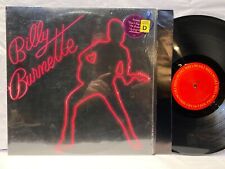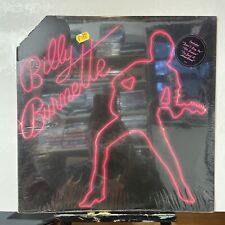|
Times (UK), May 20, 1988
Mac's knack; Fleetwood Mac at Wembley Arena; Rock; The Arts (683)
By DAVID SINCLAIR
What would have happened if, in 1967, the blues guitarist Peter Green had decided to call his group something other than a composite of the names of its drummer, Mick Fleetwood, and bass player, John McVie?
Perhaps the band would not have retained quite the same authoritative frisson of continuity as a succession of musicians passed through its ranks, eventually leaving that same rhythm section duo as the only constant factor in a bumpy 21-year process of evolution.
Certainly it was the presence of McVie and Fleetwood as joint leaders-from-behind that welded the disparate elements of the group's stage show into a coherent whole on the first night of a six-night residency at Wembley. The unflappable McVie, a rock star in whose image the 'Celeb' cartoon in Private Eye was surely fashioned, roamed a small area towards the back of the stage with a detached, passionless air, while the gangling Fleetwood sat goggle-eyed behind his kit, making his very simple drum patterns appear extraordinarily difficult to play.
Their musical rapport, which is based on a hand-in-glove understanding of the need to keep reliable, basic time, papered over the latest alarming cracks which have appeared in the group's fabric since, holding true to form, another key member left the fold on the eve of the current world tour.
The departed Lindsey Buckingham was the band's guitarist, singer and songwriter of 13 years standing and the principal architect of last year's Tango In The Night. That album is still near the top of the chart and has proved to be the group's most successful release since 1977's Rumours, which sold in excess of 20 million copies and did more than any other record to rekindle an interest in rock among a mellowing generation of Seventies' fans, alienated by the gathering excesses of punk.
Buckingham has been replaced by two dapper young guitarists from California: Rick Vito, formerly of Bob Seger's band and Billy Burnette, the front man in Fleetwood's extra-curricular LA bar-band The Zoo. Their arrival in the ranks has sparked a mild renewal of interest in some of the earliest material in the Mac's bulging portfolio, and Burnette sang a hammy version of the 1969 hit 'Oh Well', while Vito played a sympathetic imitation of Peter Green's style on 'I Loved Another Woman', a sinuous mambo-blues from the very first album.
But the focus of attention was more often drawn towards Christine McVie, who looked in good shape in her tight little pixie costume, and the swaying figure of Stevie Nicks, whose initial wedding cake ensemble gave way to a more familiar succession of billowing cloaks and fringed swaddling shawls.
It was these two who between them despatched the core of the show with a raft of misty, drifting, soft-centred material, for which the term Adult Orientated Rock might well have been coined: 'Isn't It Midnight', 'Little Lies', 'Seven Wonders' and 'Everywhere' from Tango In The Night; 'Sara' from Tusk; and, with Burnette and Vito also to the fore, a rockier finale including 'Go Your Own Way'and 'Don't Stop' from Rumours.
McVie's calm, perfectly glace voice contrasted engagingly with Nicks's sharp, tremulous tone. It was to the band's credit that, having skilfully developed such a dull strand of mass-consumption music, the mellifluous formula was never made to sound unduly slick.
The simple presentation was enhanced by the pretty effect of huge lighting canopies which moved above the stage, like a butterfly flapping its wings in slow motion, and the tasteful mood was only interrupted when Fleetwood came looming to the front and engaged in a singularly pointless piece of tomfoolery with some electronic drum pads concealed in his waistoat and down the front of his trousers.
|





![Billy Burnette - Billy Burnette [Used Very Good CD] Rmst, Reissue picture](/vintage/img/g/G6wAAOSwPf1kt28N/s-l225/Billy-Burnette-Billy-Burnette-Used-Very-Good-CD-Rm.jpg)
![Billy Burnette - Billy Burnette [New CD] Rmst, Reissue picture](/vintage/img/g/7RoAAOSwUihkty9H/s-l225/Billy-Burnette-Billy-Burnette-New-CD-Rmst-Reissue.jpg)


![Billy Burnette - Gimme You [New CD] picture](/vintage/img/g/IEkAAOSws2Jkty76/s-l225/Billy-Burnette-Gimme-You-New-CD-.jpg)